Category: Uncategorized
-

Open-source learning in the news
Recently I ran across one of the first newspaper (newspaper! that thing I would fold in my lap and tuck under my arm so I could do the crossword with my bagel and coffee, if I lived in Manhattan and had that kind of time.) articles about Open-Source Learning. Check it out:
-
Open-source learning in the news
Recently I ran across one of the first newspaper (newspaper! that thing I would fold in my lap and tuck under my arm so I could do the crossword with my bagel and coffee, if I lived in Manhattan and had that kind of time.) articles about Open-Source Learning. Check it out:
-
the next game changer is you
My best friend and I had just finished off a tasty dinner at one of our favorite taquerias. We paid the bill and walked out into the parking lot. I was admiring the perfect Los Angeles night – high 60s, not a single star in the orange sky above the strip mall’s neon glow – when…
-
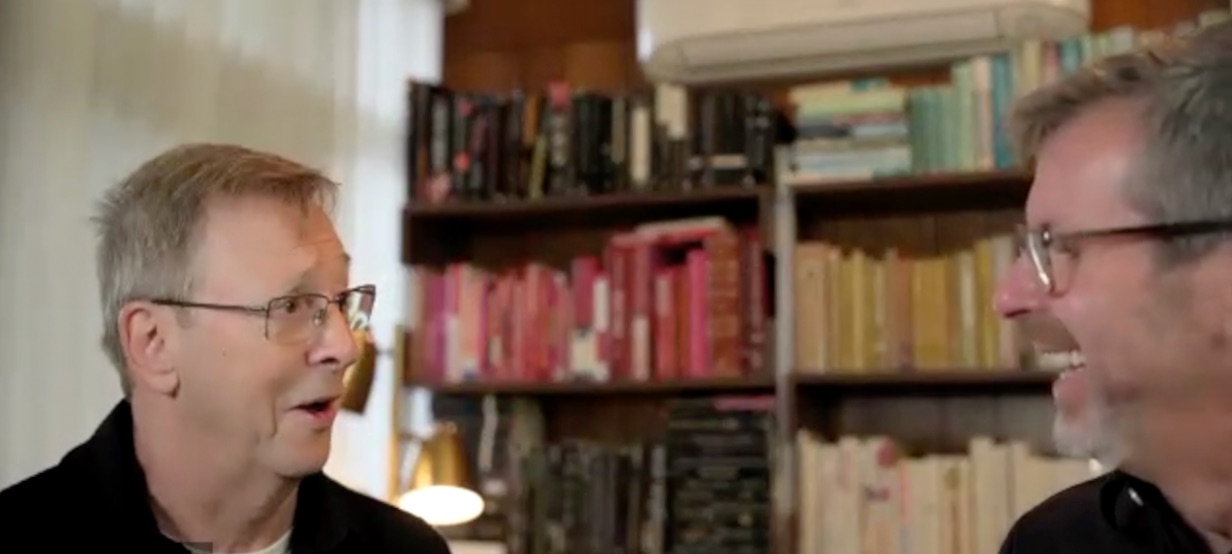
meet a jewel
If you are observant, and more than a little lucky, every once in a while you get to meet a person whose skill and dedication empowers them to channel their life experience into art. Introducing Yves Kamonier. Yves comes from generations of jewelers. He has designed for Tiffany & Co. in New York and Chaumet…
-
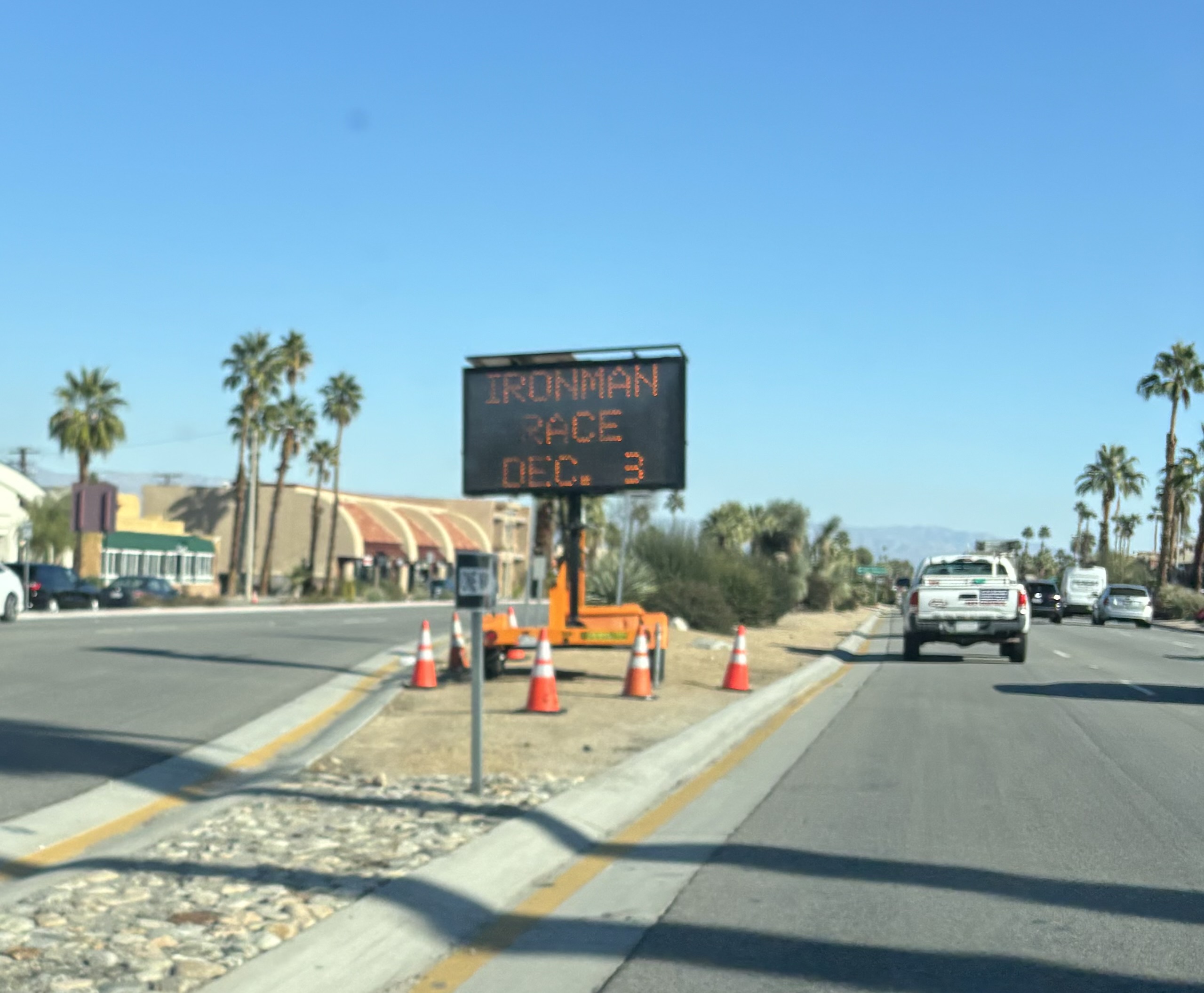
unfinished symphony
Social media is full of signaling. “Look what I cooked!” “Look what I ate!” I’ve done my fair share of posting when I’m proud of my accomplishments. Last year around this time I posted about how I finished my first Ironman triathlon. But if we’re being honest, life brings more disappointment than success. Since our…
-
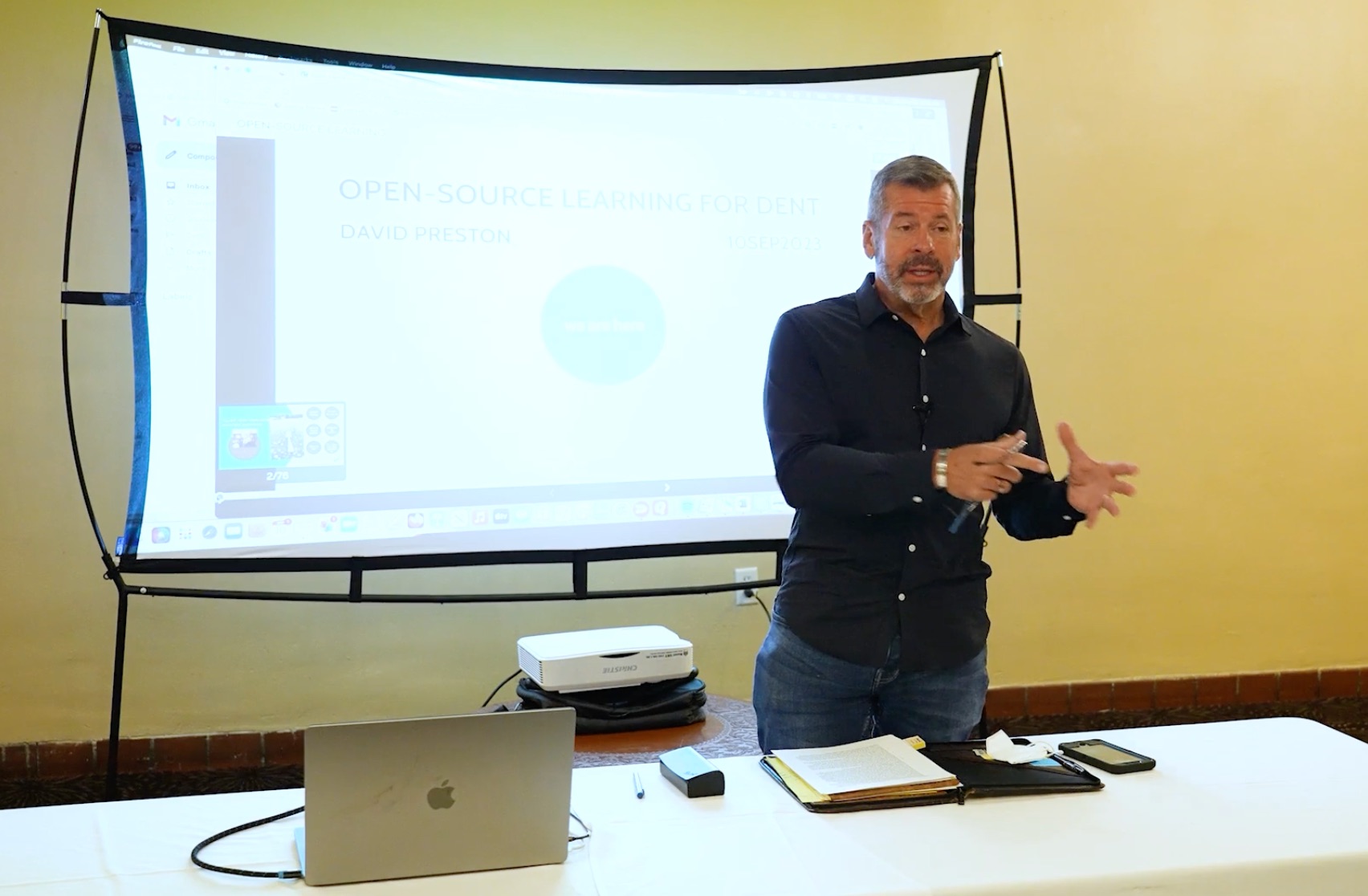
OSL Road Show: Dent 2023
In September I went to Santa Fe, New Mexico to share Open-Source Learning with the Dent Conference. Rather than describe the experience, I thought I’d show it to you. Feel free to dive deeper by checking the time-stamped annotated notes below. Enjoy! NOTES 00:01 Consciously reflecting on and understanding our reasons for taking action helps…
-
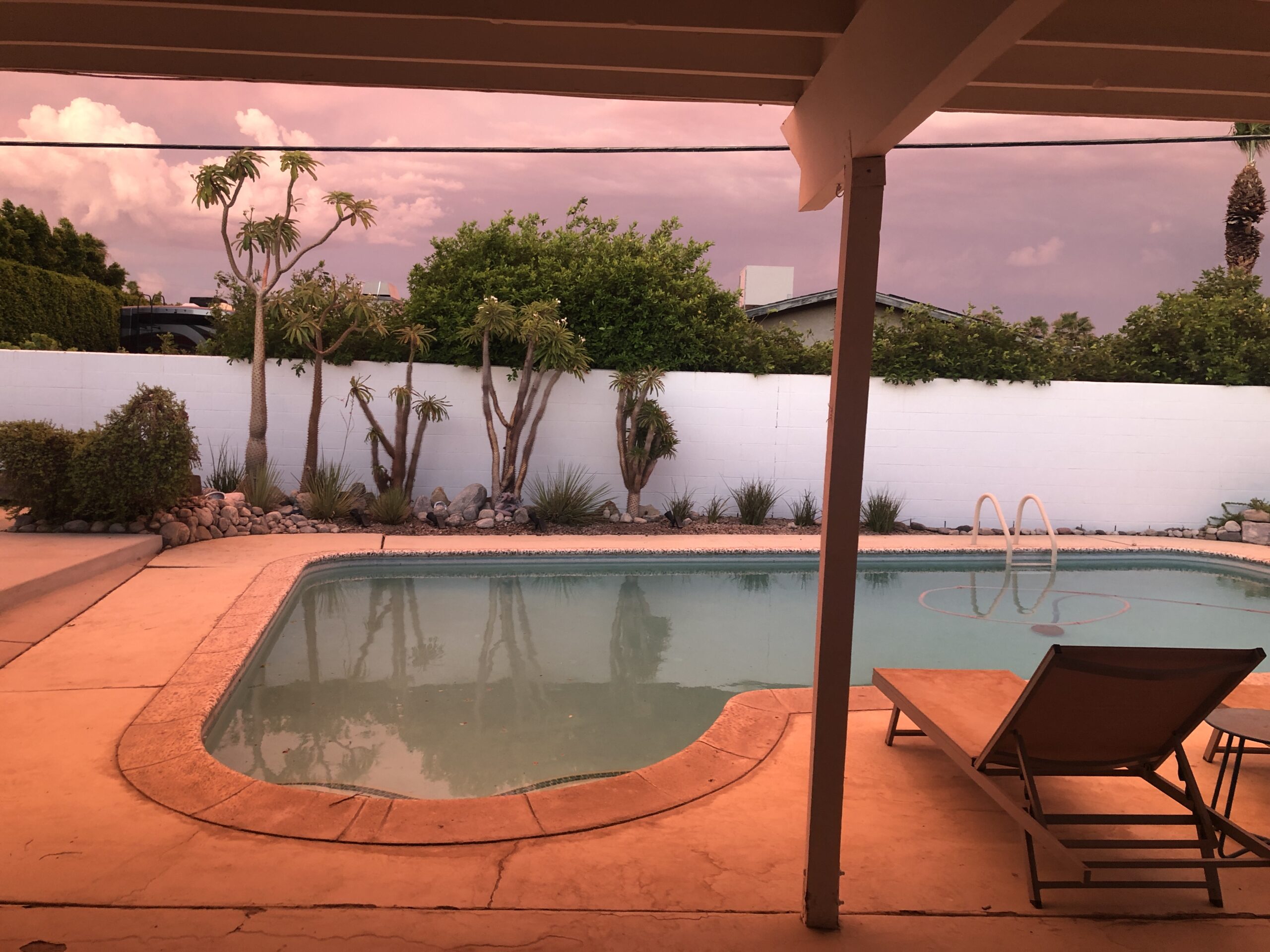
Hurricane in the desert
The first time I brought my family to the Coachella Valley, temperatures soared over 120 degrees. We used lots of sun block, drank lots of water, got up early and stayed inside during the hottest part of the afternoon. We adapted. And we loved it so much that we moved here. The desert can be…
-
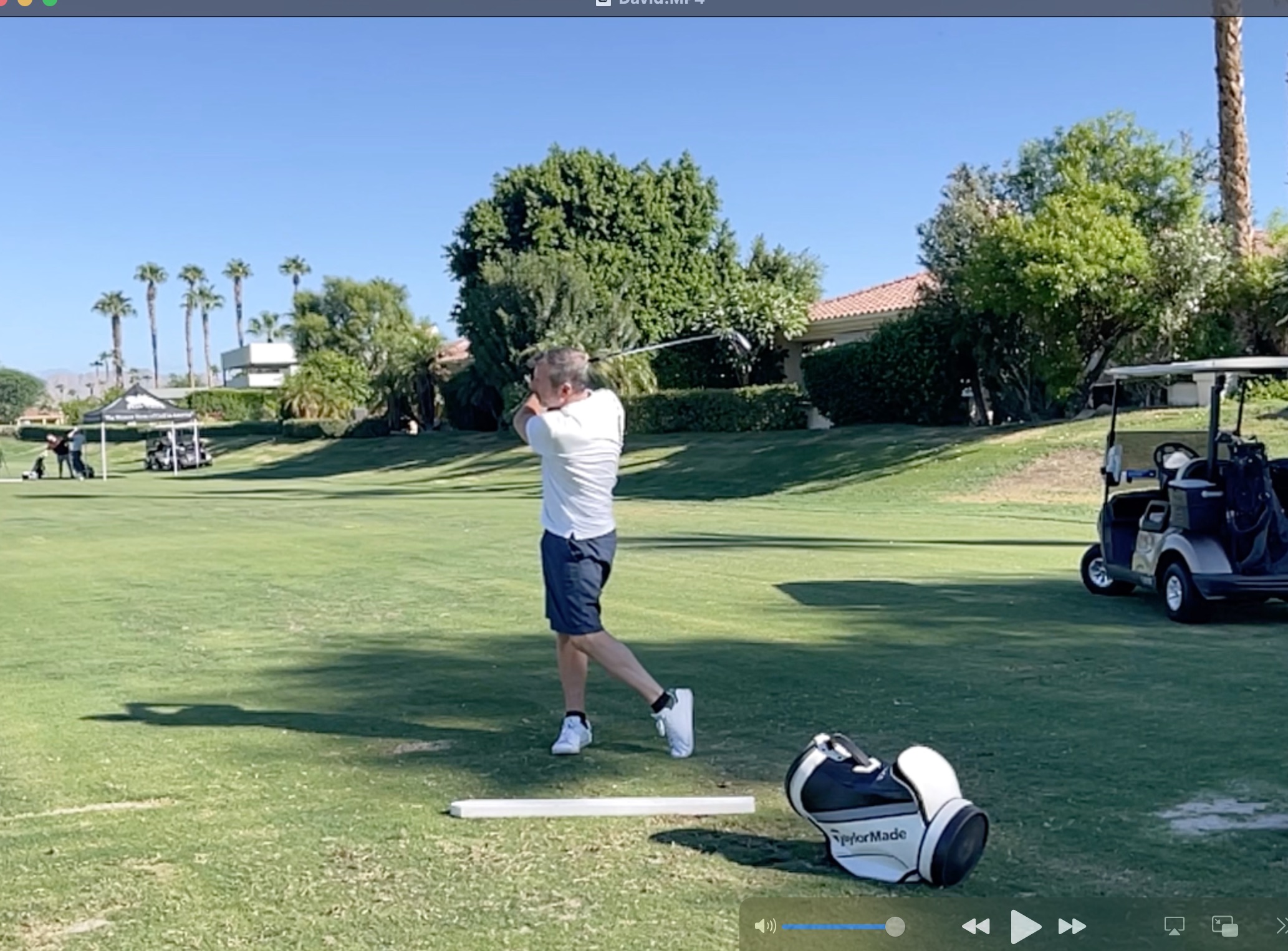
A good walk spoiled
It’s been almost thirty years since I played golf. I don’t have that kind of time or money. So I got a little nervous last week when my friend Eric invited me to his country club in Los Angeles. I found myself looking for an out, even though there was every reason to say yes…
-
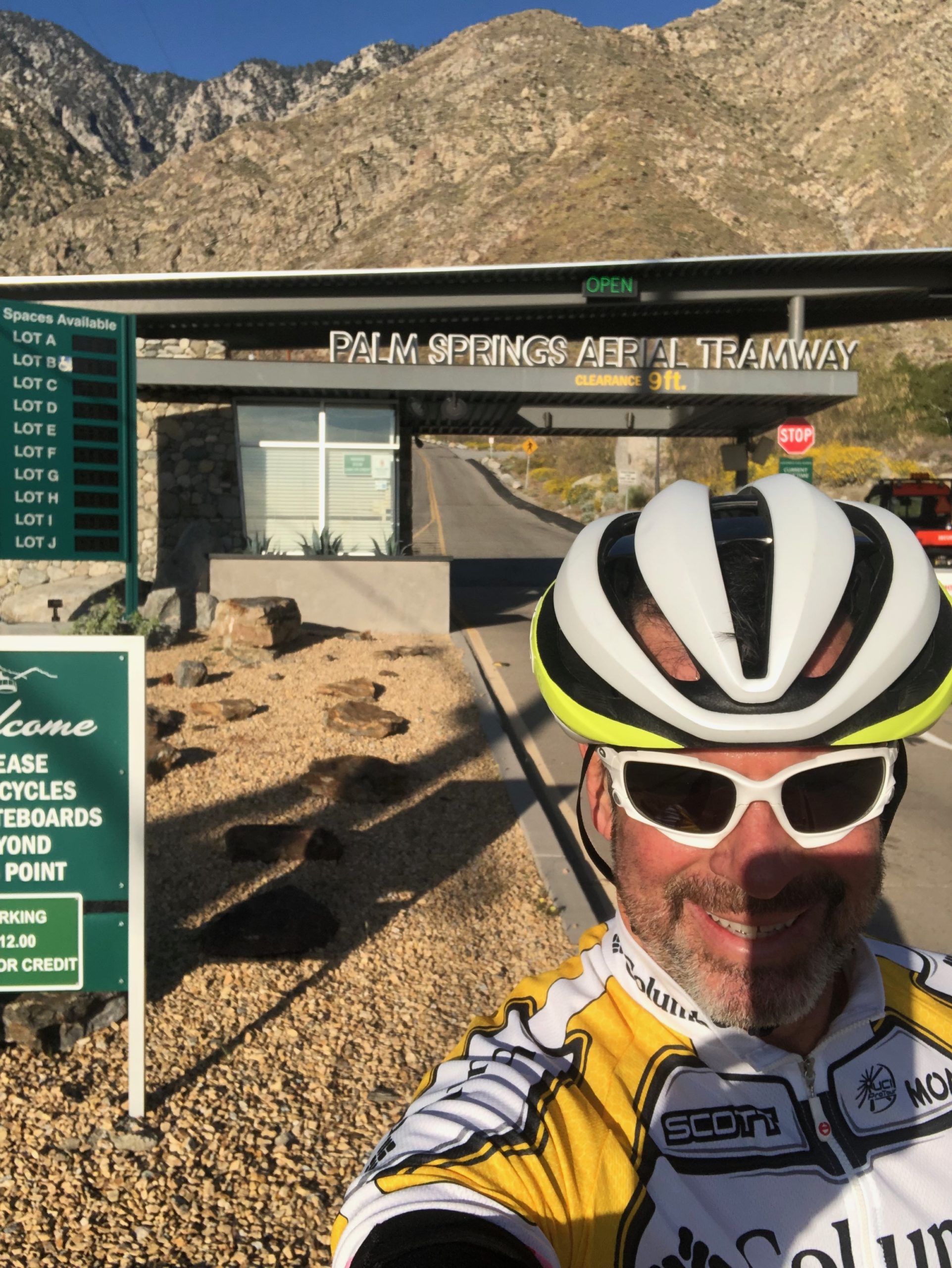
Physical fitness is for lead learners too
As a Lead Learner, I try to find, analyze, evaluate, and use the best information out there. Here’s an example from a blog post I shared with an Open-Source Learning network at a California high school during the pandemic. ______________________ This page provides some basic information about physical fitness, one of the five fitnesses of…
-
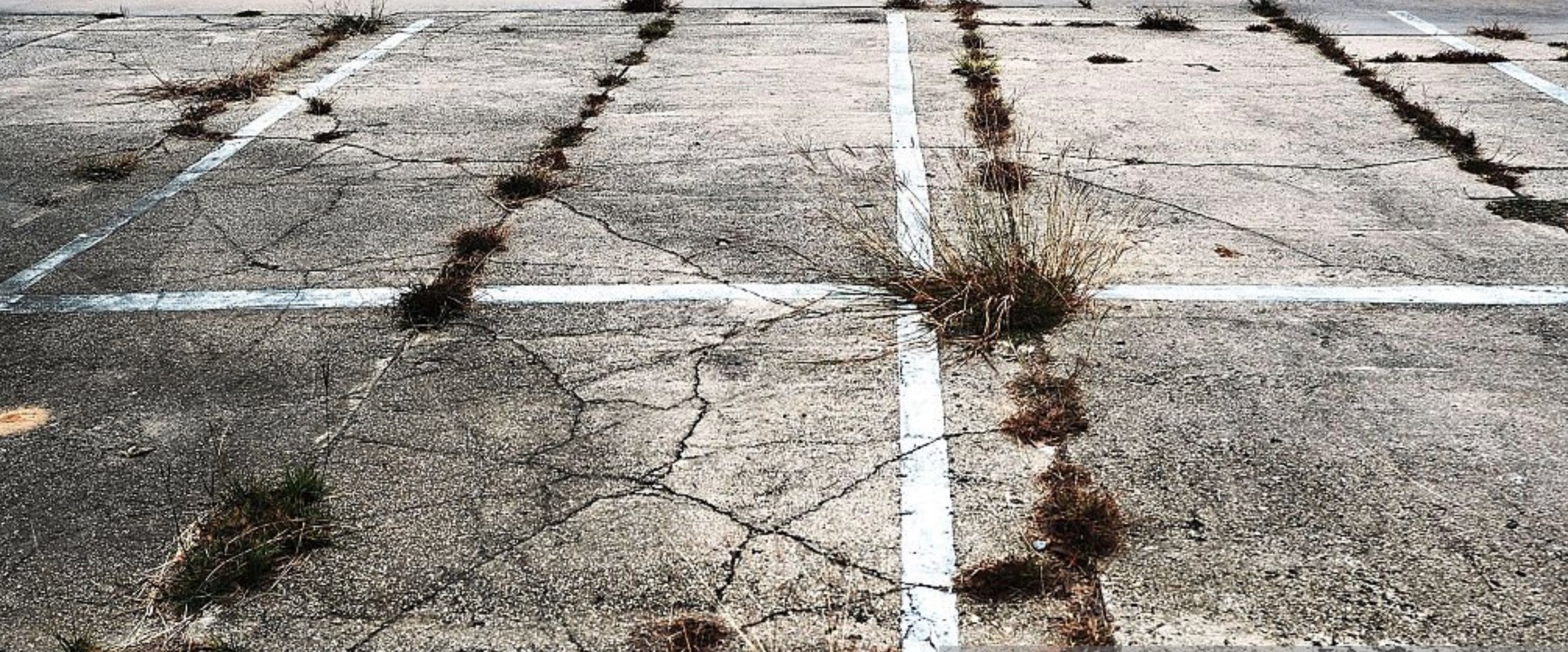
the wisdom of weeds
Looking closely was both the problem and the solution. I walk through my front yard at least a couple times a day but I don’t really see it. When I get the newspaper in the morning, or pull the car in and lock the gate at night, I notice the cactus and the ocotillo, framed…